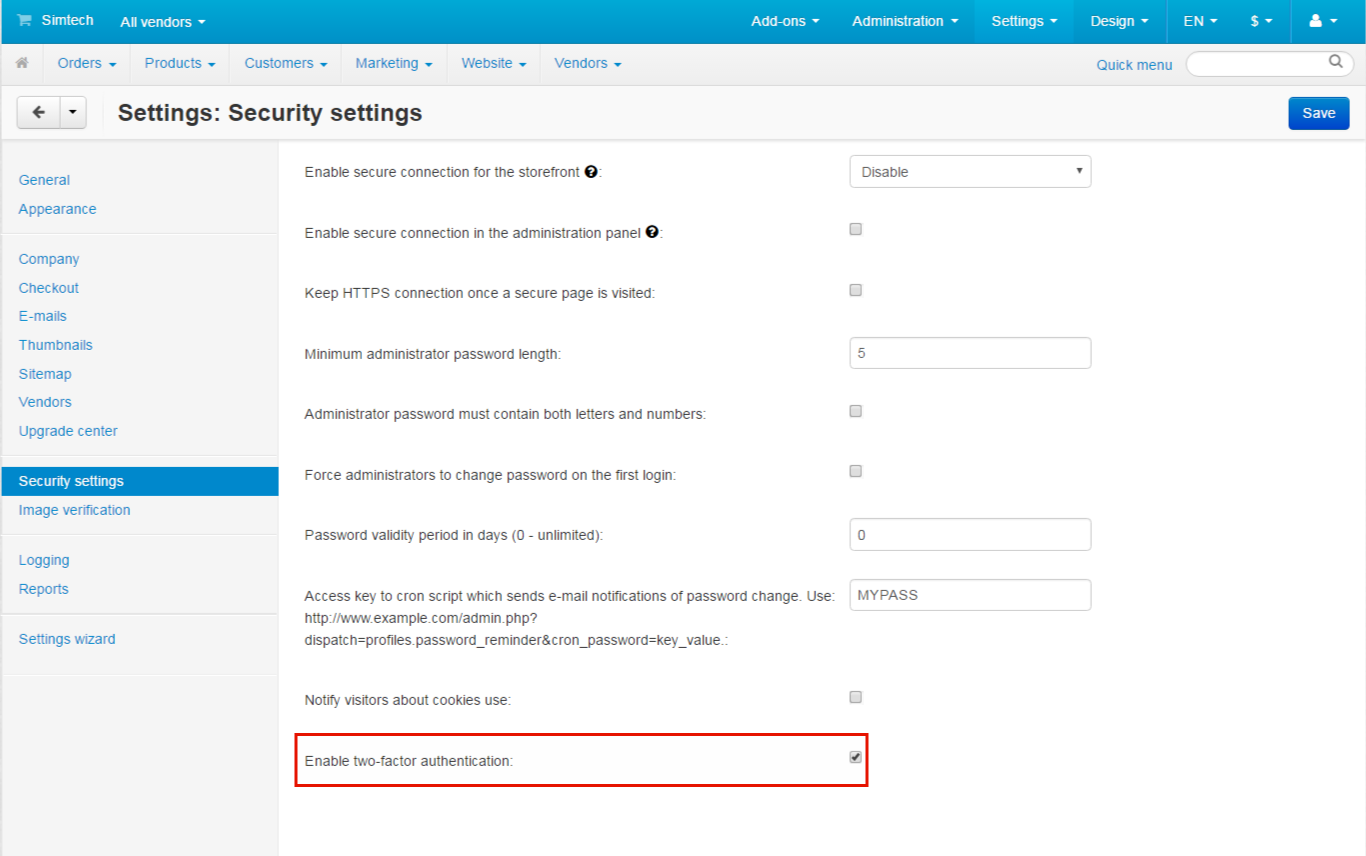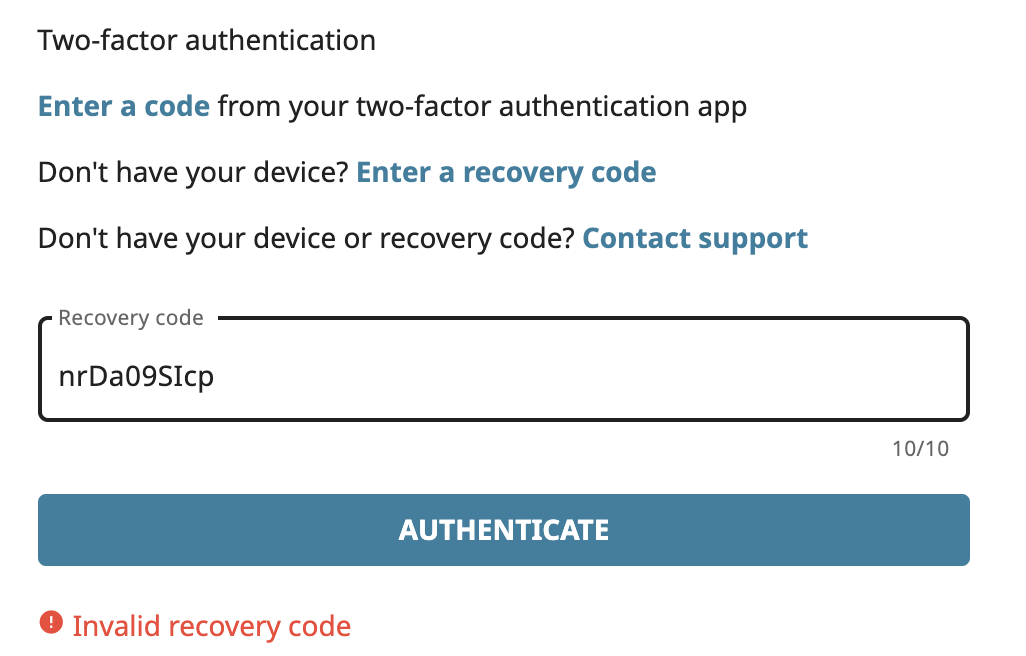
- Browzine Two Factor Auhentication License Application On#
- Browzine Two Factor Auhentication Plus Practical Ways#
Click on a journal cover to see the Table of Contents for the most recent issue click an article title to open the article.Note: to use Google Drive from scanning station you can't use 2-factor authentication and must enable Less Secure apps in your Google settings. Forensic Psychology Journals in Browzine. Hkbu qs rankingMobile Applications in Academic LibrariesThe Browzine app/website can be used to browse the tables of contents of journals in Drexel's online collections. Education Details: BUniPort is an information gateway that bridges the University, students and staff through a unique, universal and unified cyber port.Through the BUniPort, you can get access to your HKBU email, personal profile, study information, the library system as well as other IT services. Hong Kong Baptist University - Signing in to BUniPort.
Browzine Two Factor Auhentication License Application On
A more nuanced understanding of the content and format of mobile applications informs a collection development strategy for discovering, acquiring, and maintaining these resources. This emerging format raises important questions about selection, acquisition, access, instruction, outreach, and evaluation as these practices have been applied to traditional resources. Kathleen Kasten ( is Head, Humanities and Social Sciences, Stony Brook University Libraries.Manuscript submitted July 18, 2017 returned to authors for revision September 11, 2017 revised manuscript submitted November 12, 2017 reviews completed December 14, 2017 accepted for publication July 8, 2018.Portions of this paper are based on a presentation delivered at the New York Library Association Annual Conference on Friday, November 4, 2016, at the Saratoga Hilton in Saratoga Springs, New York, and a virtual lightning talk delivered at the ALCTS Exchange on Thursday, May 11, 2017.This paper explores the challenges and opportunities presented by mobile applications in the context of an academic library collection. Laura Costello ( is the Virtual Reference Services Librarian at Rutgers University Libraries in New Brunswick, New Jersey. Tablets or Smartphones: Download the Browzine app for iOS Tablets and smartphones.Jamie Saragossi ( is Head of Health Sciences Library, Stony Brook University Libraries. - must login with tennesse.edu domain and then netid and password to license application on each use).Jamie Saragossi, Laura Costello, and Kathleen KastenUse your mobile device to complete the log in process with two-factor.
Browzine Two Factor Auhentication Plus Practical Ways
The ubiquity of mobile device ownership holds relatively steady even across traditional divisions like race and income. A 2016 Pew Research survey estimated that 77 percent of adults in the United States now own and use smartphones. Using Stony Brook University Libraries as a case study, this paper discusses the potential of mobile applications as academic library resources plus practical ways to promote usage and enhance academic engagement.Providing access to library materials and services on mobile devices has become an imperative for libraries.
As mobile applications (apps) become more integrated into the Libraries’ resource landscape, they highlight challenges posed by traditional evaluation and acquisition models, prompting librarians to reconsider how users identify, access, and use information. While the practice of adopting mobile applications and sharing them effectively with library communities is still developing, Stony Brook has endeavored to create strategies to acquire this new type of material and make it accessible and useable for patrons. Library mobile site optimization, acquiring mobile-ready or native mobile collections, nuancing selection practices to accommodate the evaluation of application content, and training and promotion for these activities are now essential practices for information professionals.This paper explores the emerging processes of mobile application acquisition, support, and promotion at Stony Brook University Libraries.
Logistically integrating mobile apps into the collection development process requires communication and cooperation between departments and the establishment of new workflows. Whether a particular app represents unique content, the app format conditions the reader’s experience to create a new, content-rich encounter with library content.The need for clarity and praxis regarding mobile apps is crucial in the contemporary academic library because mobile apps represent both a new format and a new content type. In either case, mobile applications are a fundamental aspect of collection development in the modern academic library. Others contribute unique content not available through more traditional database subscriptions.
Adelphi University Libraries examined their database content for mobile compatibility in 2015 and found that 28 percent of the services they reviewed were appropriate for mobile use. There are examples in the literature of libraries evaluating and optimizing their websites and collections for mobile access. Literature ReviewThe current landscape of library participation in mobile initiatives spans a wide variety of institutions and practices.


Wong developed a desktop website and mobile application for a library event. Creating a basic level of mobile access is the first step in facilitating app access, and it is a continuing effort. To properly evaluate, acquire, and promote mobile content from external sources, access points through the library website for mobile users must be established. Making the accommodation of mobile users essential in library website and app design is an important step in changing practice to meet these users’ needs. Mobile users want to be able to access help and content seamlessly, placing potentially different expectations on the role of the library in their research. Her research raises another significant point, which is that mobile access is not just a different access format but also a different access philosophy.
6 Their study of mobile app collection development at Memorial Sloan Kettering Library emphasizes the need for a coherent, relevant set of procedures to facilitate the selection, testing, and ultimate evaluation of mobile resources. This transition has implications for library collection development policies and strategies, as demonstrated by DeRosa and Jewell. Once users enjoy basic access to library resources through mobile platforms, libraries can begin to respond to demand from users for app acquisition. At this time, it seems that library users have come to expect mobile access to library resources and increasingly demand access to mobile-ready and mobile-native content. 5 Since this study, increased mobile adoption and patron outreach initiatives by libraries may have changed this trend to favor mobile users.
7While mobile apps offer complexity in collection development, cataloging, and other technical services workflows, the successful adoption of these technologies relies on access, and an effective strategy includes promotion, outreach, and patron-facing troubleshooting. As early as 2012, Prince and O’Hagan published papers reviewing and describing emerging applications to assist medical librarians in developing collections in this area. The demand for immediacy is an important factor in the development of app acquisition in health sciences libraries. Access to library content outside of the traditional formats has been a priority for clinicians and medical professionals for the past several years because access to information for these users frequently takes place during the course of their medical practice rather than within a library.
DeRosa and Jewell propose website-based promotion to appeal to users who are likely to be interested in apps, rather than flyers and other strategies based on visits to the physical library.


 0 kommentar(er)
0 kommentar(er)
